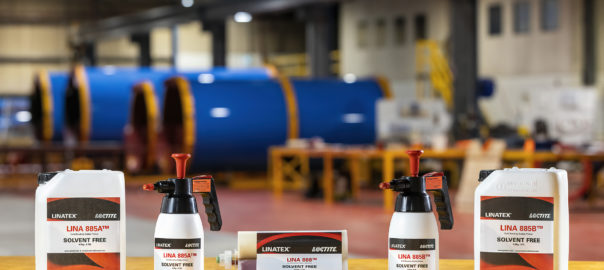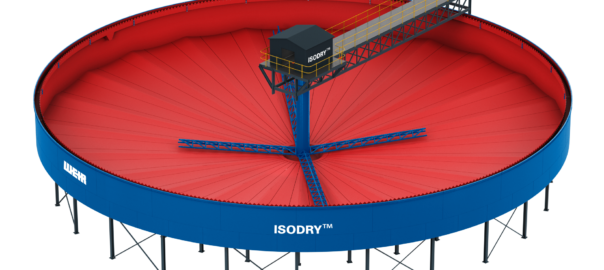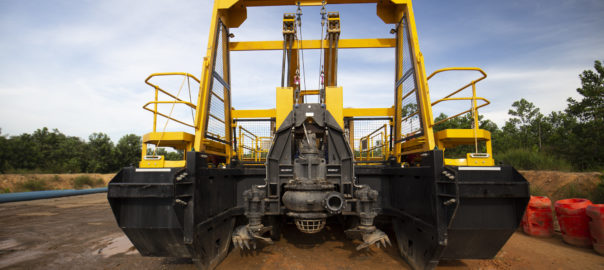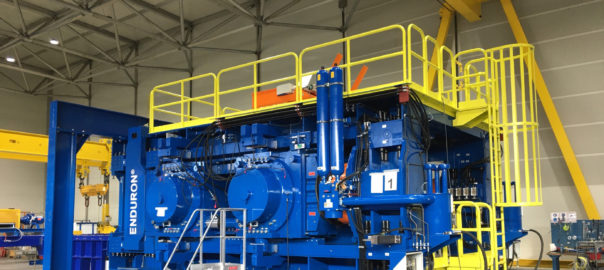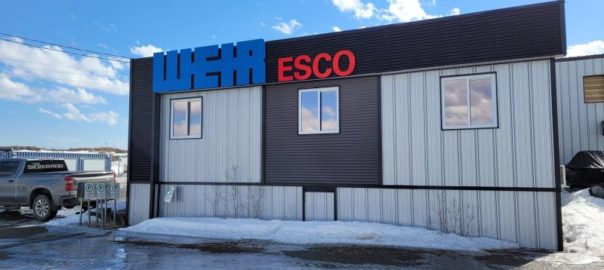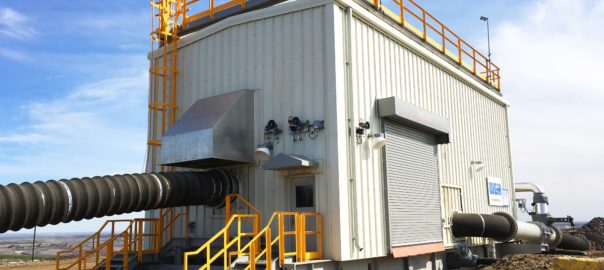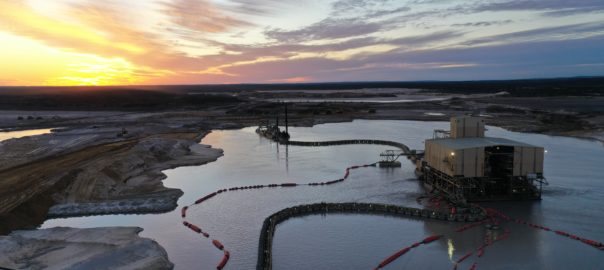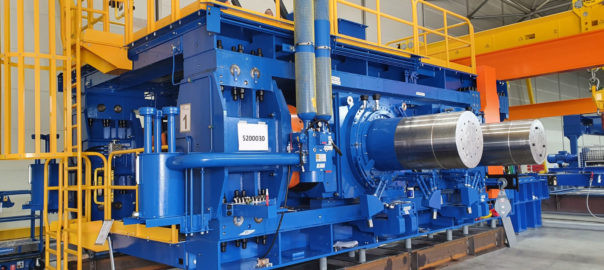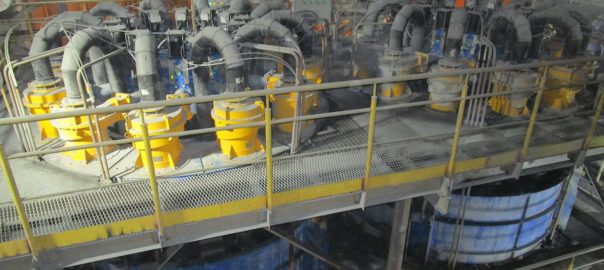Weir Minerals, manufacturer of Linatex®, a leading brand of premium natural rubber, has partnered with adhesive producer Henkel and its team of LOCTITE® adhesive, sealant and coating specialists, to develop what it says is a mining industry-first solvent-free adhesive for rubber lining applications with zero volatile organic compounds (VOCs).
VOCs are carbon-based, organic chemicals often used in adhesives, paints and coatings. They are subject to strict regulations, with some governments aiming to limit worker exposure while others target large-scale emissions in order to improve air quality. Mining companies also target VOC emissions as part of their sustainability strategies.
In collaboration with Henkel, Weir Minerals developed the LINATEX LOCTITE – LINA 88™ cold-bonding rubber adhesive range in response to the growing need for safer and more sustainable products. Complementing the Linatex rubber products, this breakthrough in adhesive technology reflects Weir’s core values of safety, sustainability and performance, is says.
With new LINATEX LOCTITE – LINA 88 products, cutting down the VOC emissions does not mean having to compromise on performance, according to Weir. The custom-formulated rubber adhesive range sets a new industry benchmark for bond strength by exceeding the current British Standard by up to four times, and is significantly stronger than other products presently used in mining, it says.
“We’ve had many customers across the globe approach us to help them find ways to improve safety for their employees,” Mark Doyle, Global Product Manager – Linatex Rubber and Hose, says. “At Weir Minerals we take safety very seriously and looked at several possible solutions. Our team worked closely with the LOCTITE experts and developed an adhesive that is stronger than any other product in the market today with the double benefit of being solvent-free with zero VOCs.
“Coincidentally, many mine sites and even regional governments are now starting to mandate that only adhesives with zero VOCs be used on site – we are thrilled to say that we have a product that meets this challenge.”
Safety and sustainability focus was the main driver of the project, according to Ricardo Garib, Weir Minerals Division President.
“Working with Henkel to develop an adhesive that not only outperforms what is currently on the market, but also delivers environmental and safety benefits, is a fantastic result for mine operators and their employees,” he says. “Weir Minerals promotes a safe environment for everyone; we consider it a priority for our customers and our own people in our service centres where we line minerals processing equipment with Linatex rubber. With sustainability as a key issue within our industry, we are proud to be at the forefront with innovative new products.”
Mark Dorn, Senior Vice President Craftsmen, Construction & Professional, for Henkel Adhesive Technologies and President of Henkel Asia Pacific, added: “It’s always exciting to pioneer new solutions for our customers that are able to deliver on both innovation and sustainability. Being able to positively impact environmental and occupational safety for those in the mining industry is definitely a rewarding accomplishment for the team.”
Dr Nigel Fay, Corporate Vice President, Innovation & Application Engineering, for Henkel Adhesive Technologies, says: “Delivering this breakthrough innovation to the market is representative of the mission that the LOCTITE business has delivered on for nearly 70 years. It’s about leveraging our expertise, our passion for innovation and our focus on solving the most difficult challenges to create new value for customers. Having the opportunity to bring this to life in collaboration with another industry leader like Weir Minerals has been extremely satisfying and is a true model for future success in the area of innovation.”
The new LINATEX LOCTITE – LINA 88 adhesive range has undergone extensive trials in the APAC region, exceeding customer expectations, Weir says.
Weir Minerals says it will be specifying the new solvent-free and zero VOCs products for all its Linatex applications around the world.
The entire range is non-flammable and is, therefore, safer to use, easy to transport and does not require any special handling or storage facilities, according to the company. It can also be sprayed over the top of rubber lining to provide solid UV protection.







